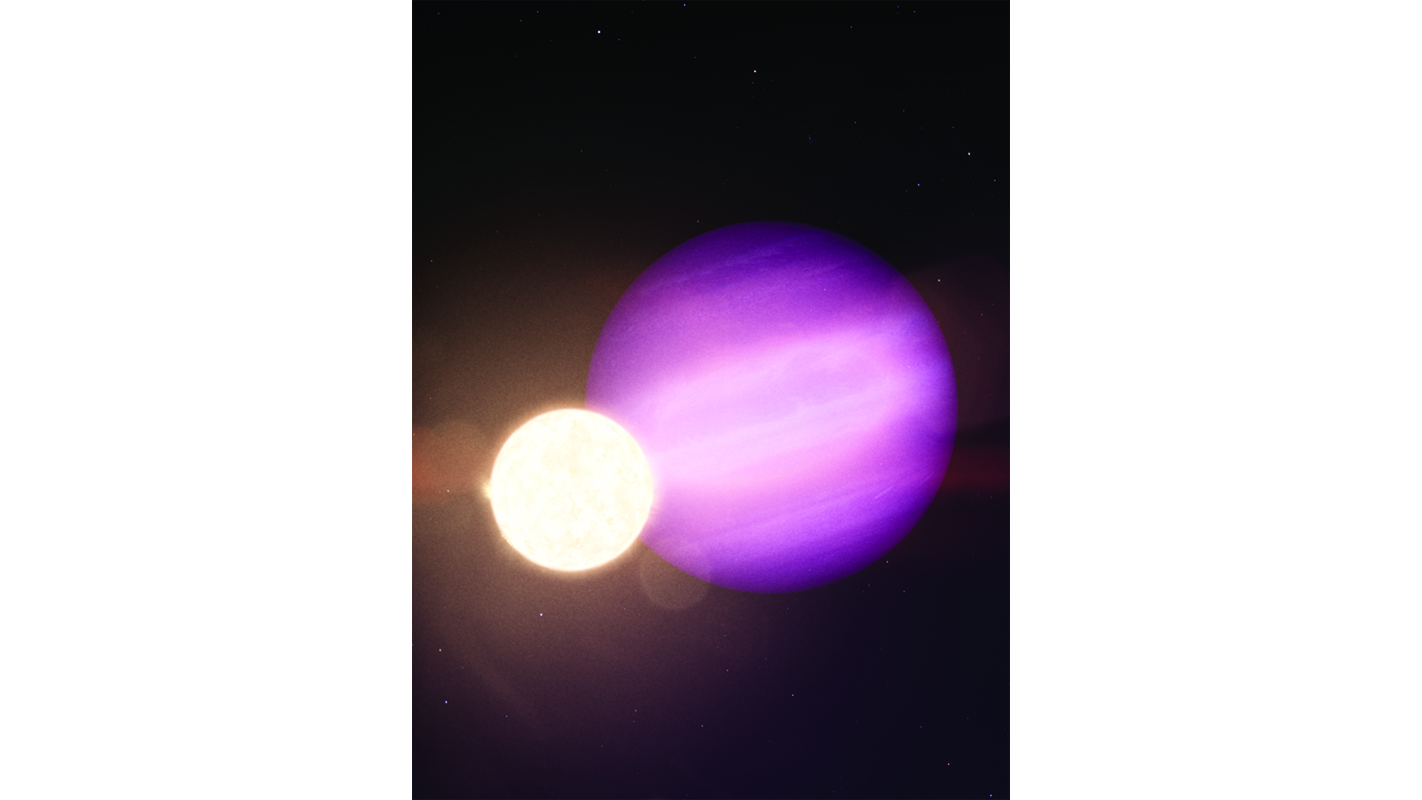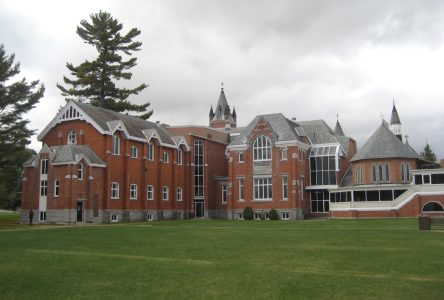Dr. Lorne Nelson, a professor in the physics department of Bishop’s University, was a part of a team of researchers from around the world who recently discovered the first planet to orbit the burnt-out core of a dead star, otherwise known as a white dwarf.
“This is a very important discovery,” Nelson told The Record, explaining that, “discoveries like the one that we made—which is a really rare discovery—will help us develop definitive answers as to how planetary systems evolve over time and how the planets migrate and move in and out”.
The professor described a white dwarf as being, “like a piece of charcoal the size of the Earth but with half the mass of the Sun”. Truly a remarkable fact considering the Sun is a million times more massive than the Earth. The discovery was published in Nature, which is one of the most highly regarded science journals.
Nelson says the planet, designated WD 1856 b, is about the size of Jupiter and is in a very close orbit with its parent white dwarf star. The orbit of the gas giant, which is the equivalent to two per cent of the distance between the Sun and the Earth, is close enough to the parent star that its “year” is only one and a half Earth days long.
The discovery was made using a camera on NASA’s Tess space telescope to measure the brightness of the white dwarf. The observers experienced a dimming of the star every 34 hours due to the giant gas planet eclipsing (or transiting) the star. The fact that the planetary body orbiting the white dwarf was a planet was not evident at first.
Bishop’s physics professor contributes to rare discovery
By Jordan Dionne, Special to The Record





